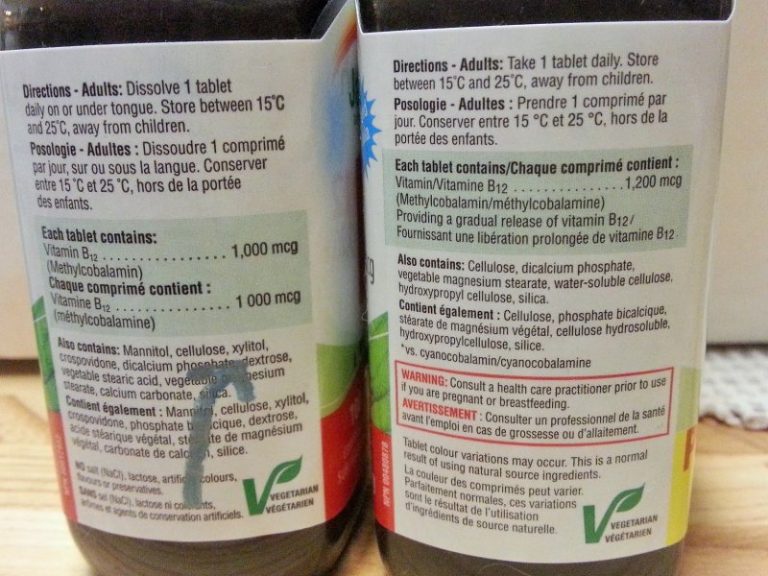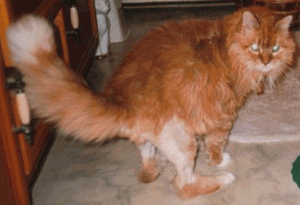Pet Health: Neuropathy
Weak rear legs.
HELP! My Cat Has Weak Back Legs!
Feline diabetes often causes weakness in the hind legs of cats. Rather than walking normally, up on his toes, the cat will walk down on his hocks, in what is called a plantigrade gait. (Note: some cats experience neuropathy in their front legs, and will walk on their “wrists”.) This condition, diabetic neuropathy, is a result of damage to the peripheral nerves caused by ongoing high blood glucose levels (hyperglycemia). If your cat has weak hind legs, you should see a vet to discuss treatment options.
In the case of leg problems, many cats will improve tremendously when their blood sugars come under control. In some cases, the hind leg weakness may be caused by electrolyte imbalances (e.g. low potassium levels) related to excessive urination. Also, diabetes that is not under control can cause muscle wasting (diabetes is a catabolic or “breaking down” disease) and your cat’s back leg problems may be due to this. If the problem seems to come on rapidly, check your cat’s blood glucose level (or several levels) to make sure her blood sugar is under control, or have your vet draw blood for a fructosamine test to check for longer term control. Your vet should do a physical examination and check potassium levels, as well.
Once the other causes have been ruled out, you are probably dealing with diabetic neuropathy. Controlling blood glucose (BG) levels is absolutely essential in reversing the neuropathy, but there is evidence that a specific B12 vitamin- methylcobalamin (also known as methyl-B12)- may also help with nerve regeneration. Many of us have successfully used a Methyl B12 supplement to help with our cat’s neuropathy.
More on Methyl-B12:
Methylcolbalamin, or Methyl B12, is usually available in health food stores or pharmacies. It can also be ordered online. (For example, Zobaline is a cat-specific, tried and true version of Methyl B12, made without fructose, Xylitol, or any other sugar-based flavours.)
When looking for Methyl B12, make absolutely sure it does not contain Xylitol (an artificial sweetener). Even a very small amount can be fatal to cats and dogs. Read labels every time. Even the same company can change its ingredients without notice.
The usual dose is between 3 and 5mg (3000 – 5000 mcg) per day, regardless of weight or body size. Methyl B12 is water soluble, so any excess is excreted in the urine- no worries about overdosing. Remember – it’s METHYL B12. Regular B12 has no effect on neuropathy.
If you scroll to the bottom of this page you will see how bad my Rambo’s (GA) neuropathy was. Trust me, if he recovered from that (and he did), any kitty can!! He responded quickly, although it took a few months to completely stop walking on his hocks and to be able to climb stairs again.
It’s a combination of the Methyl B12 and regulated BGs that does the trick. Be patient.
Please also read Jasper’s story. Jasper is one of FDMB’s most famous cats. He was one of the earliest sugarcats to try Methyl B12, and is one of the most inspirational returns from severe neuropathy. Jasper’s mom, Laurie, has put together an amazing resource for anyone looking for neuropathy information : http://www.bigorangegoodness.com/
More links that you may be interested in :
http://veterinaryteam.dvm360.com/managing-complications-diabetic-cats

Check the ingredients!
Courtesy of Karen and Rambo

Check the ingredients!
Courtesy of Karen and Rambo
